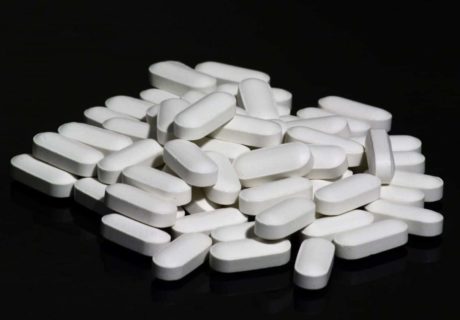Public Health England – England’s official health protection body – says that a sugar tax should form part of a national strategy to tackle the obesity and diabetes crises.
The recommendation is included in the PHE’s highly anticipated report into sugar and health, published this week.
Publication of the report was due in July, and would have coincided with the launch of the SACN report into sugar and carbohydrates, which recommended its own tough measures to tackle excessive sugar levels in food and drink.
But the Government controversially delayed the PHE report and reiterated its rejection of calls for a sugar tax. Just last week David Cameron again said he didn’t “see a need for a sugar tax”.
In its report, Pubic Health England makes eight suggestions on how the nation can achieve a new lower recommended daily intake of sugar (5% of total energy, down from 10%).
Among the suggestions is a tax on sugar of around 10-15%, a reduction in price promotions at supermarkets (such as buy one get one free offers) and a reduction in the marketing and advertising of high-sugar food and drink to kids. But the report stresses that “no single action will be effective in reducing sugar intakes”.
The food industry immediately rejected the proposal to tax sugary products. The director general of Food & Drink Federation, Ian Wright, specifically dismissed the idea of a fizzy drinks tax – advocated by Jamie Oliver, and nowsupported by many health authorities – as “demonizing one nutrient in one set of products by way of a stunt”.
But support for a sugar tax is gathering, and the British Medical Association has urged the Government now to give “urgent consideration “ to it. This week the former health secretary, Stephen Dorrell, added his support, explaining that a tax on sugar had the potential to change behaviour. He told The Times: “Can anybody imagine the ban on smoking in public places now being reversed? I voted against it and it was a mistake. That’s an example where a public health policy changed public behaviour and public understanding.”





